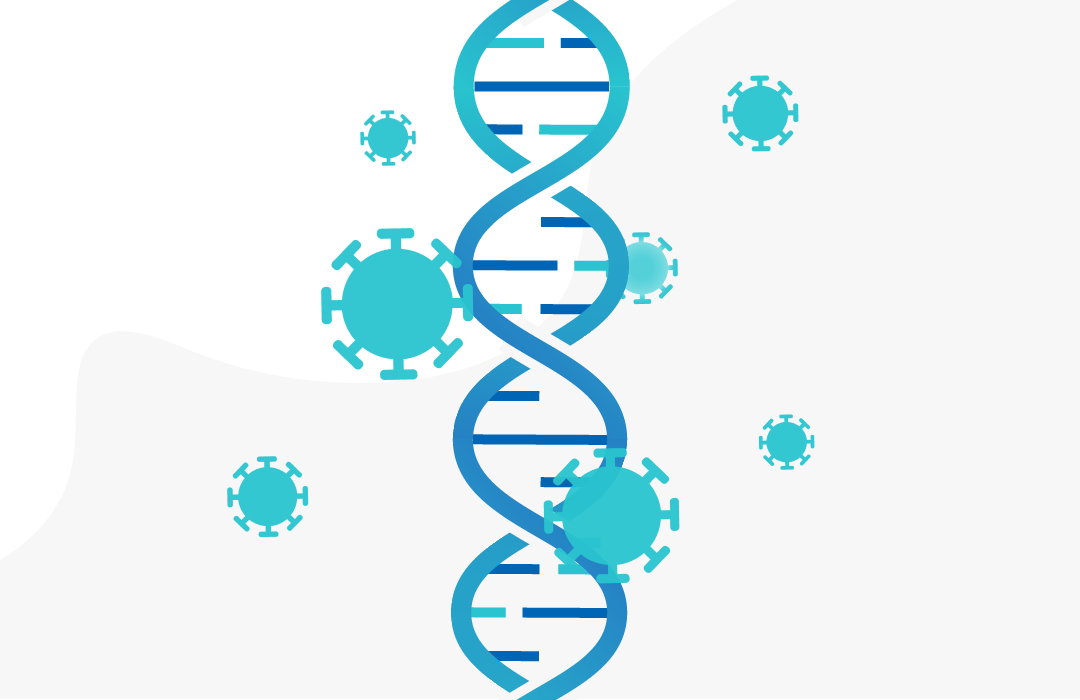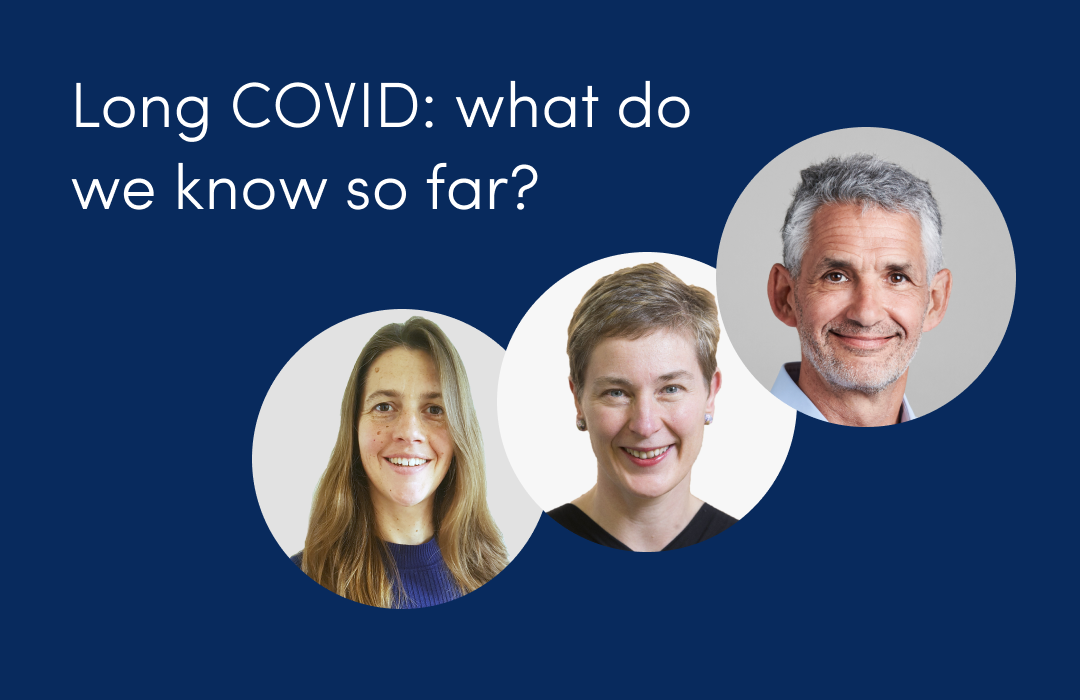
Omicron and cold-like symptoms rapidly taking over in London
December 16, 2021

This article has not been updated recently
According to ZOE COVID Study incidence figures, in total there are currently 87,131 new daily symptomatic cases of COVID in the UK on average, based on PCR and LFT test data from up to five days ago [*]. An increase of 4% from 83,658 new daily cases last week. In the vaccinated population (at least two doses) there are currently 27,000 new daily symptomatic cases in the UK. An increase of 6% from 25,411 new daily cases last week (Graph 1).
The UK R value is estimated to be around 1.0 and regional R values are; England, 1.0, Wales, 1.0, Scotland, 1.0 (Table 1). Whilst these figures and R values suggest little is happening, London has an R value of 1.1, and is currently seeing a rapid rise in positive cases (Graph 3), this could be an early warning of what could happen across the rest of the country soon.
In terms of prevalence, on average 1 in 57 people in the UK currently have symptomatic COVID. In the regions, England, 1 in 56. Wales, 1 in 46. Scotland, 1 in 79. (Table 1).
In the regions, cases are rapidly increasing in London (Graph 4), this rise is being driven by Omicron. Cases remain high in Midlands, East of England and Wales (Graph 4).
The number of daily new cases among 0-18 year-olds remains high, while cases in the 19-35s are rapidly rising and the 36-55 age group continue to rise more steadily. Cases in the 55-75 age group are dropping and cases remain low in the over 75s, likely due to third dose vaccines but also a change in behaviour such as face mask wearing and avoiding large social gathering which we expect is being driven by fear of Omicron (Graph 2).
ZOE’s predicted Long COVID incidence rate currently estimates, at current case rates, 1,418 people a day will go on to experience symptoms for longer than 12 weeks. (Graph 4).
The ZOE COVID Study incidence figures (new symptomatic cases) are based on reports from around 750,000 weekly contributors and the proportion of newly symptomatic users who have received positive swab tests. The latest survey figures were based on data from 52,489 recent swab tests done in the two weeks up to 11th December 2021.
Omicron symptoms
In order to take a first look at the potential symptom profile of Omicron, this week ZOE conducted an initial analysis of symptom data from positive cases in London. London was selected due to the higher prevalence of Omicron compared to other regions.
To compare Delta and Omicron, London data was selected from a week where Delta was dominant (03-10.10.2021) and compared to the most recent data (03-10.12.2021). This initial analysis found no clear differences in the early symptoms (3 days after test) between Delta and Omicron.
The top five symptoms reported in the ZOE app were:
ZOE will be conducting further research into the symptom profile of Omicron in the coming weeks.
Professor Tim Spector, lead scientist on the ZOE COVID Study app, comments on the latest data:
“Omicron is set to be the dominant strain in the UK by Christmas, and in the New Year cases could hit a peak higher than anything we’ve ever seen before. In London cases have been rising rapidly, but this will likely slow down soon, as people change their behaviour, such as wearing face masks again, cancelling parties and working from home more. Hopefully people now recognise the cold-like symptoms which appear to be the predominant feature of Omicron. These are the changes that will slow the spread of the virus. It’s my hope that the rest of the country is doing the same to avoid big outbreaks outside of London, especially in big cities.
Ahead of Christmas, if people want to get together and keep vulnerable family members safe, I’d recommend limiting social contact in the run up to Christmas and doing a few Lateral Flow Tests just before the big family gathering. As our latest data shows, Omicron symptoms are predominantly cold symptoms, runny nose, headache, sore throat and sneezing, so people should stay at home as it might well be COVID. We are also seeing two to three times as many mild infections in people with boosters in Omicron areas as we do in Delta variant areas, but they are still very protective and a vital weapon. The ZOE app is one of the best tools we have to rapidly understand this new variant so we want to encourage everyone to download the app and start logging. It only takes a minute to report but each contribution makes a huge difference to the fight against COVID.”
Graph 1. The ZOE COVID Study UK incidence figures results over time; total number of new cases and new cases in fully vaccinated

Graph 2. Incidence by age group

Graph 3. Incidence in London

Graph 4. Prevalence rate by region

Graph 5. Predicted Long COVID incidence over time
Please refer to the publication by Thompson at al. (2021) for details on how long covid rates in the population are modelled

Table 1. Incidence (daily new symptomatic cases)[*], R values and prevalence regional breakdown table

Map of UK prevalence figures












.png)


.jpg)














.png)







%202.png)
.png)


















.png)




%20(1).png)


